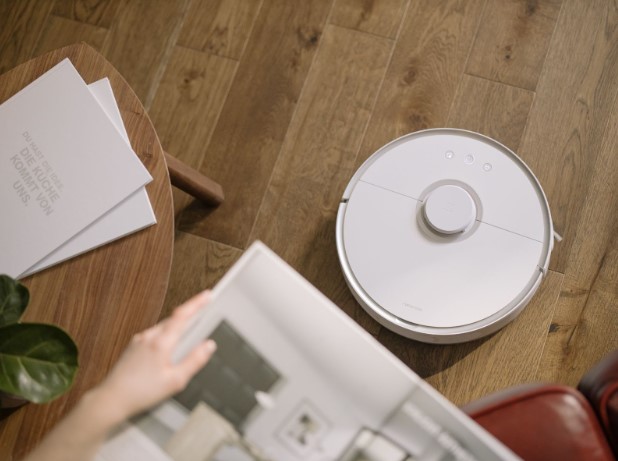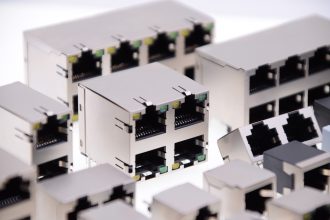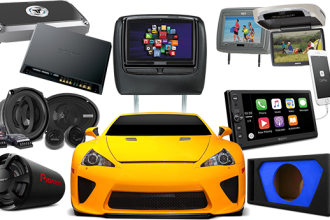Types of battery-powered vacuum cleaners
You may not have noticed, but vacuum cleaners haven’t been what they used to be for a long time. In recent years, among the most common models are not the most powerful and heavy, but quite the opposite – the most compact, lightweight and, above all, cordless.
This broadly speaking includes two main categories:
- Robotic vacuum cleaners – autonomous vacuum cleaners that run on battery power, and clean your home without you needing to be around
- Vertical cordless vacuums – lightweight and highly mobile vacuums that run on battery power and allow you to clean your home quickly and efficiently
Which are the most preferred brands and their advantages?
The most preferred brand of cordless vacuum cleaners is Dyson with 20% of the global market, according to Statista. Industry pioneers iRobot are in second position with 18% market share.
However, if we dig a little deeper and look at the different verticals, it emerges that iRobot is the undisputed leader in the robot vacuum cleaner segment. According to Statista, the company holds 46% of the market in 2020. The main difference comes from the fact that Dyson is mostly focused in manufacturing vertical vacuum cleaners and not so much on robots. Other preferred brands with a more modest market presence are Xiaomi, Samsung, AEG and others.
Cordless vacuum cleaners have been steadily gaining ground in recent years, changing the attitudes of consumers who were initially rather skeptical of these models, but over time became convinced of their qualities and benefits. The main concerns at the beginning were related to doubts that the new vacuum cleaner batteries would not last long enough. However, these concerns were quickly overcome.
How often do I need to change a battery?
The short answer is – vacuum cleaner batteries should be changed between 2 and 5 years depending on the intensity of use of the particular unit. If you use the vacuum cleaner fairly regularly and keep the battery in good condition, there is a good chance it will last more than 4 years. However, if you use the vacuum sporadically and often leave the battery unused for long intervals (3+ months), you may need to replace your vacuum cleaner battery around the second year.
How to know if the battery is due for replacement?
As the battery wears, it will begin to lose some of its capacity. As a result, you’ll see a gradual or, in some cases, sudden decrease in the amount of time you can use your vacuum cleaner between two charges. If this time becomes too little and you are unable to clean on a single charge, it’s certainly time to think about replacing the vacuum cleaner battery.
Sometimes batteries become defective and stop working altogether. If this happens, first check that the charger is functioning properly. If it works, replace the battery and, if even then the vacuum cleaner won’t start, seek service.
How to choose a new vacuum cleaner battery?
You have two basic approaches:
You use the brand, model and series of the unit (for example iRobot Roomba 520 battery) and look for a compatible battery. In most cases this is enough information, but sometimes you will have to resort to the second approach if it turns out that there are more compatible batteries with your vacuum cleaner model.
Find the product number written on your old battery. Search for a replacement battery using that number. To make absolutely sure you order the exact battery you need, also pay attention to the chemical composition of your old battery (Ni-Mh, Li-ion), the voltage it operates at (V) and the capacity (mAh/Wh). It is important to choose a replacement battery with the same voltage. In the case of capacity, you can choose a higher one (then the battery will work longer between two charges). For the chemical composition, in most cases it is better to choose the same as your old battery, because otherwise there may be problems charging the battery.















